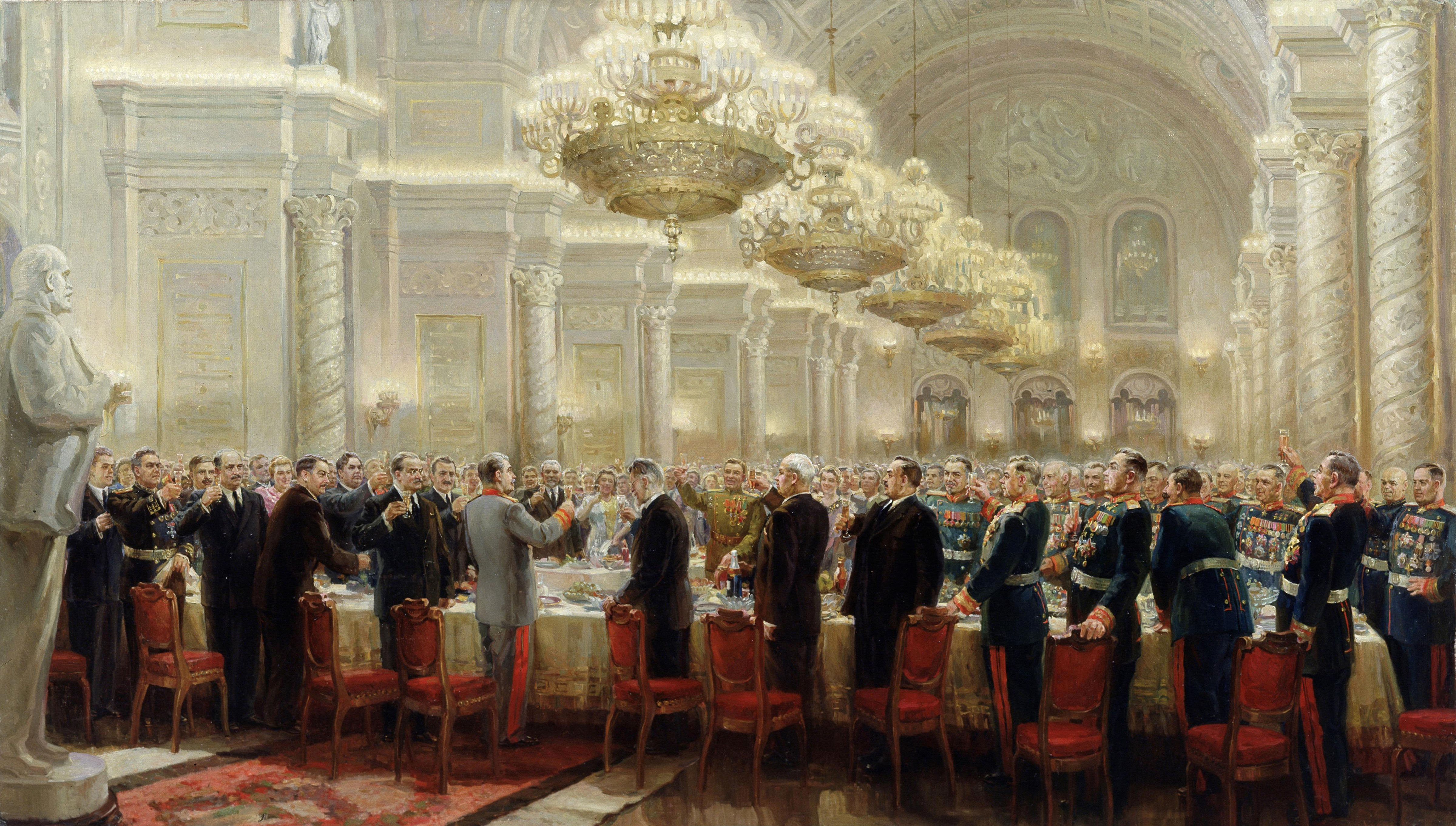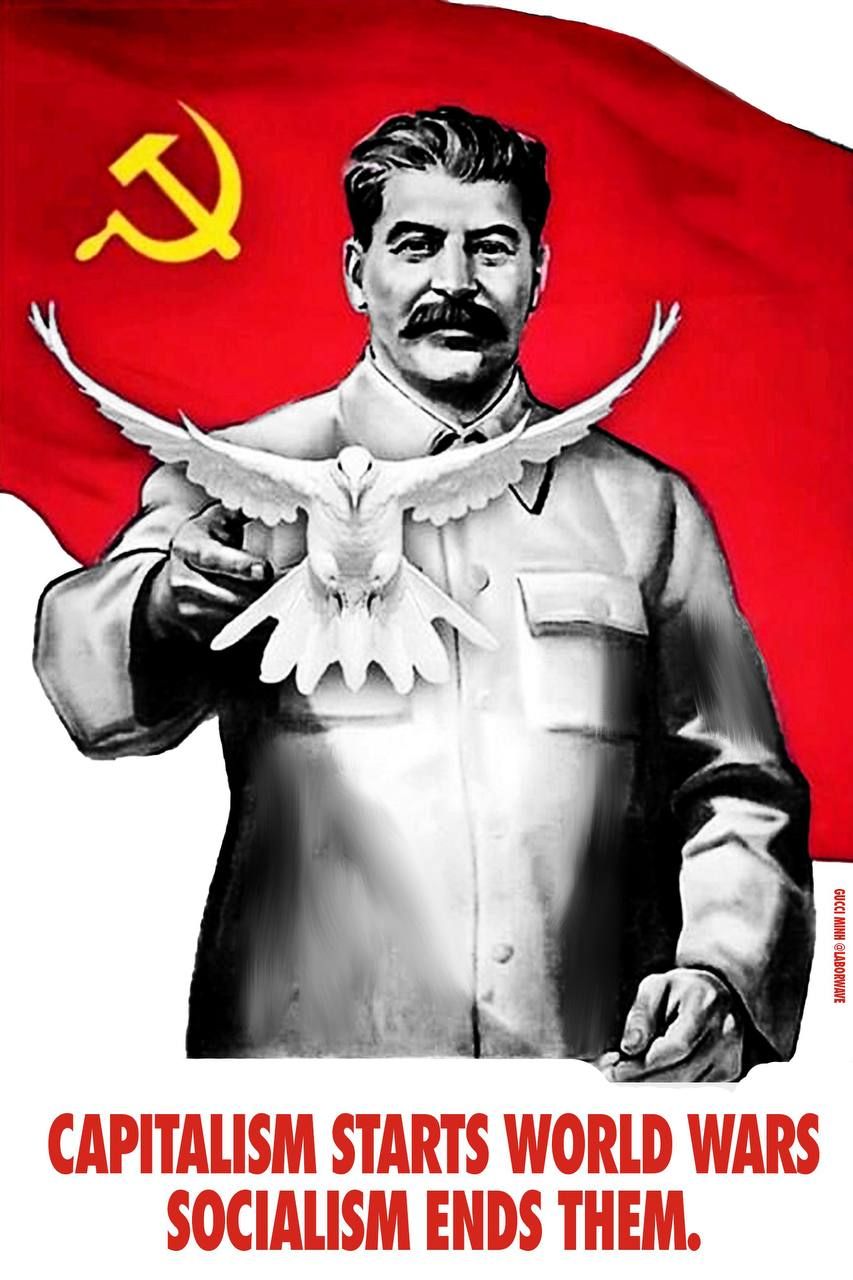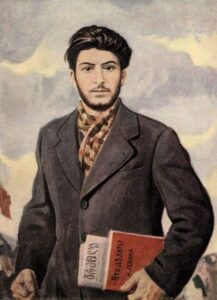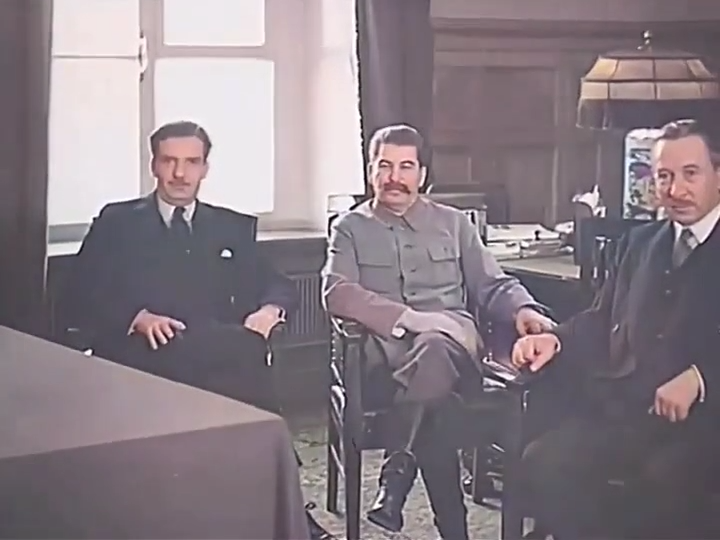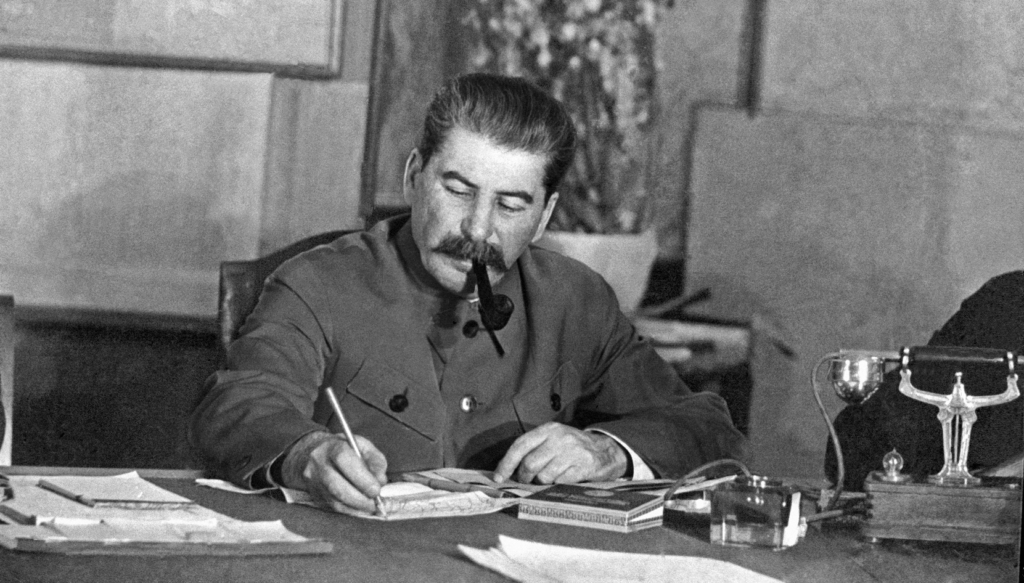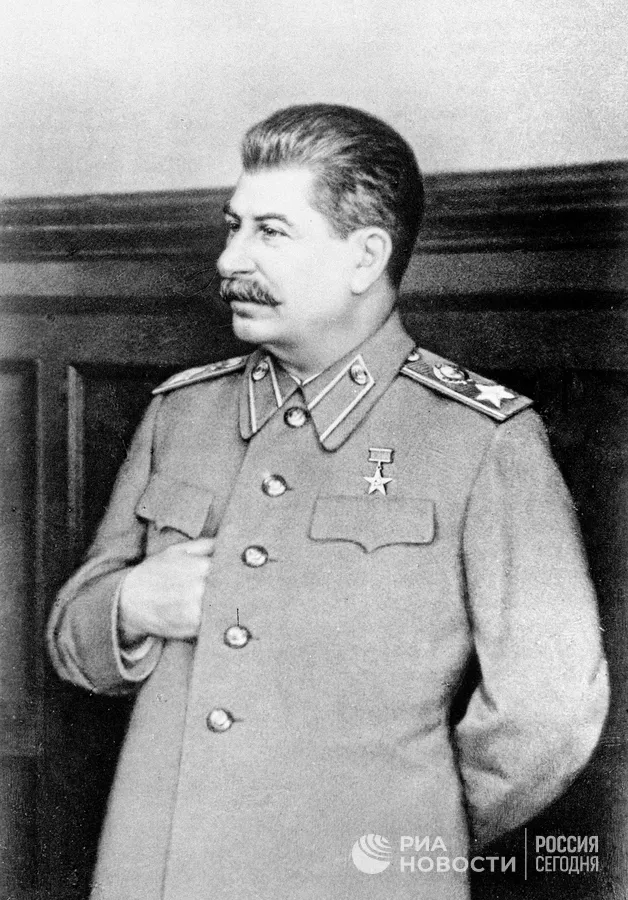On May 24, 1945, at a reception in the Georgievsky Hall of the Grand Kremlin Palace in honour of the commanders of the Soviet forces, Stalin delivered his famous toast, a dedication to the Russian people. This is an article, translated from the Two Wars blog on Dzen, telling the story of the toast.
No photographs or videos were taken of this banquet, for ethical reasons: the entire country was starving and in ruins, and suddenly there was a lavish meal with delicacies.
There was no sound recording either, just a transcript. But later it was heavily processed for newspaper publications. There are 31 toasts recorded in this transcript. Of these, five belonged to Stalin. There are 28 toasts left in the official report (only 2 of them are by Stalin).
This includes the last banquet speech, which the leader delivered well after midnight. By the way, he was not allowed to speak at all.
Because as soon as Stalin stood up and tried to speak, his words were drowned out by a sea of applause (as recalled by a participant in the banquet, the famous aircraft designer Alexander Yakovlev). His last, widely known speech about the Russian people was constantly interrupted by a barrage of long-lasting applause, so the toast took almost half an hour to deliver.
The last toast of the banquet, later corrected by the leader
Here is the text (in the corrected and officially approved form):
Comrades, allow me to raise one last toast.
I would like to raise a toast to the health of our Soviet people and, above all, to the health of the Russian people.
I drink first and foremost to the health of the Russian people because they are the most outstanding nation of all the nations that make up the Soviet Union.
I raise a toast to the health of the Russian people because they have earned the general recognition of the Soviet Union as the leading force among all the peoples of our country.
I raise a toast to the health of the Russian people, not only because they are a leading nation, but also because they have a clear mind, a steadfast character, and patience.
Our government has made many mistakes, and we have had moments of desperation in 1941 – 1942, when our army retreated and abandoned our villages and cities in Ukraine, Belorussia, Moldavia, the Leningrad region, the Baltic states, and the Karelian-Finnish Republic, because there was no other option. A different people might have said to their government, “You have failed to meet our expectations, so go away, and we will install a new government that will make peace with Germany and bring us quiet life.”
But the Russian people did not agree to this, because they believed in the correctness of their government’s policies, and they made sacrifices to ensure the defeat of Germany. This trust of the Russian people in the Soviet government proved to be the decisive force that ensured the historic victory over the enemy of humanity – fascism.
Thank you, Russian people, for this trust!
To the health of the Russian people!
What exactly was fixed?
The leader made the edits to the original version of the toast himself before sending it to the press. What did he change in his speech? It’s not a secret: the original version of the transcript has been preserved.
Continue reading

